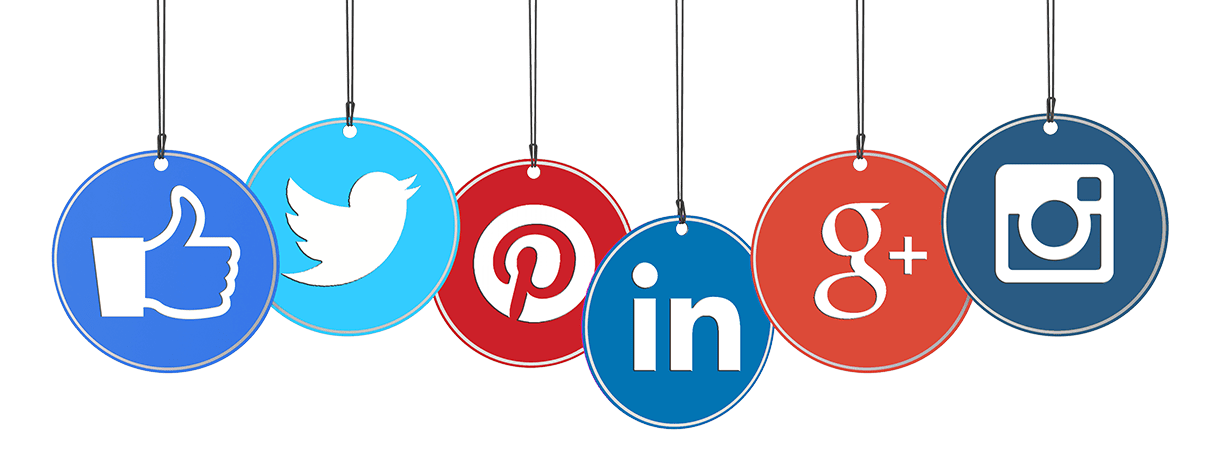Should I Link a Page to Itself? Internal Linking for SEOShould I Link a Page to Itself? Internal Linking for SEO
In the intricate world of SEO and website navigation, every element on your page can influence user experience and search engine rankings. One question that often arises is whether it’s beneficial or even advisable to link a page to itself. Let’s dive into this query to understand the implications and Self-Linking SEO .
Understanding Self-Referential Links
What Are Self-Referential Links?
Self-referential links occur when a webpage contains a hyperlink that points back to itself, either directly through the same URL or via a redirected link. This might happen intentionally or accidentally, and understanding its Impact is crucial for maintaining an site structure.
The Pros of Linking a Page to Itself
Reinforcement of Page Relevance
- SEO Benefit: When used sparingly, self-links can emphasize the relevance of a page regarding specific keywords, potentially aiding in SEO efforts.
Improved User Navigation
- Anchor Texts: Self-referential links can be useful if they help users navigate a long page. For instance, returning to the top of the page or highlighting a section in a sidebar can enhance user experience.
The Cons of Linking a Page to Itself
User Confusion
- Navigation Clutter: Links that lead users to the same page they are currently viewing can cause confusion and may lead to a poor user experience.
SEO Dilution
- Wasted Link Equity: In SEO, each link on a page distributes some of the page’s authority to other pages. A self-referential link might waste this valuable link equity, diverting it away from other, more useful pages.
Best Practices for Self-Referential Links
Use With Clear Intent
- Navigational Aid: Ensure that self-links serve a Clear purpose, such as aiding navigation or emphasizing a section of a long article.
Avoid Overuse
- Minimal Implementation: Use self-referential links sparingly to avoid dilution of link equity and potential negative impacts on user experience.
Ensure Clarity in Design
- User-Friendly Interface: Clearly mark any self-referential links to avoid confusion, ensuring they contribute positively to the site’s navigability.
Alternatives to Self-Referential Links
Table of Contents
- Navigational Tool: Instead of linking back to the same page, use a table of contents with anchored links to different sections of the page.
Footer Links
- End-of-Page Navigation: Provide links in the footer to guide users to other relevant pages instead of looping them back to where they started.
Conclusion
Linking a page to itself can be useful in certain contexts, particularly when improving navigation or emphasizing specific content. However, it’s crucial to implement this practice judiciously to avoid potential pitfalls such as user confusion or SEO dilution. By adhering to best practices and considering alternative navigation methods, you can ensure that your website remains user-friendly and SEO-optimized.


